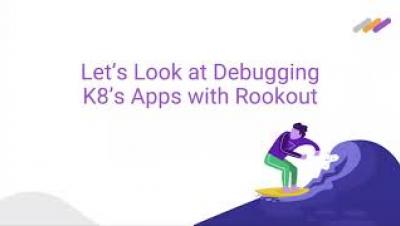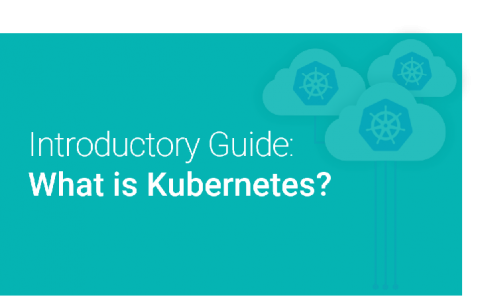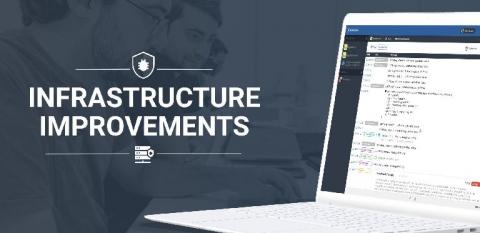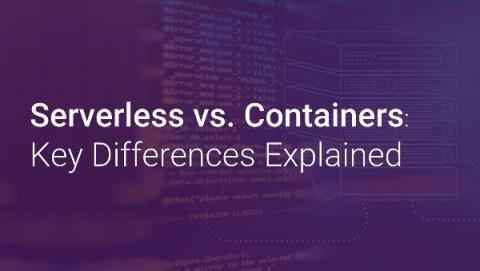Debugging Kubernetes Applications on the Fly
Over the recent years, software development organizations have seen a major shift in where they build and run their applications. Teams have transitioned from building applications that run exclusively on-prem to microservices applications that are built to run natively in the cloud. This shift gives businesses more flexibility as well as quick and easy access to enterprise services without the need to host costly applications and infrastructure.











